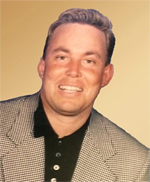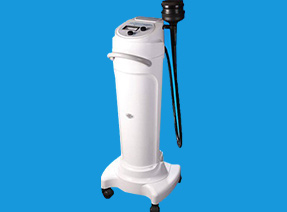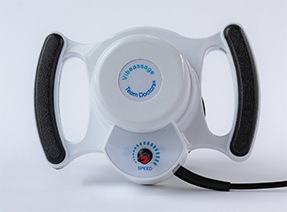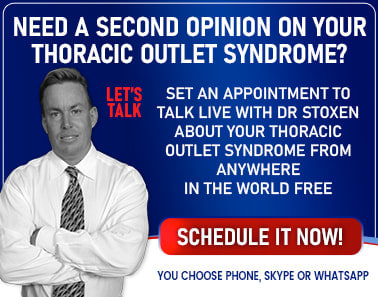The United States Department of Labor Occupational Safety and Health Administration (OSHA) Good Working Positions (40)
- “Hands, wrists, and forearms are straight, in-line and roughly parallel to the floor.
- Head is level, or bent slightly forward, forward facing, and balanced. Generally, it is in-line with the torso.
- Shoulders are relaxed and upper arms hang normally at the side of the body.
- Elbows stay in close to the body and are bent between 90 and 120 degrees.
- Feet are fully supported by the floor or a footrest may be used if the desk height is not adjustable.
- Back is fully supported with appropriate lumbar support when sitting vertical or leaning back slightly.
- Thighs and hips are supported by a well-padded seat and generally parallel to the floor. Knees are about the same height as the hips with the feet slightly forward.”
The OSHA Positions were determined by people and people make mistakes. Here is where I agree with OSHA and where I do not and why.
- Hands, wrists, and forearms — I agree.
- Head and torso— I disagree – If your head and upper body is bent slightly forward the muscles of the upper back and neck will be in a constant contraction attempting to maintain your head from falling forward. You should just stack your head directly you’re your neck and relax. Remember “Stack and Relax”.
- Shoulders and upper arms— I disagree – Your arms should not hang, as this causes fatigue in your trapezius and levator scapula muscles. Rest your arms on the arm rests.
- Elbows — I disagree – The elbows should be exactly at 90 degrees slightly above the desktop.
- Feet — I agree.
- Back — I disagree – Your back should never be supported. Your abdominal muscles support your back.
- Thighs and hips — I agree.
- Knees and feet — I disagree – All your body parts should be either horizontal or perpendicular and never on angles for an extended period of time.
If OSHA wants to challenge me on my opinions, I can prove with surface EMG testing their sitting recommendations will lead to sustained contractions of muscles therefor sustained strain on the muscles, ligaments, tendons and bones. Id love to do a study with them to prove it.
If you go to the OSHA web site listed below and look at the Computer Stations eTool you will see 4 examples of body posture changes that all provide neutral positioning for the body.
- Upright Sitting – In this photo they say its ok to lean back on the back rest. This causes the body to lean back out of the perpendicular position. In this position the 9-12 pound head is held in a sustained angled position forcing the anterior cervical, anterior and middle scalene muscles to remain in a sustained contraction. Never sit this way. Sitting in this position could cause and will exacerbate a thoracic outlet syndrome.
- Standing – Standing for a sustained period of time will strain the tibialis posterior, tibialis anterior, peroneus longus, peroneus brevis muscles or what I call the arch spring suspension muscles. This constant strain on the arch of the foot can also stretch and strain the ligaments of the foot and lead to a drop and lock of the joints of the arch causing abnormal motion during walking. Conditions caused by sustained standing include plantar fasciitis, ankle pain, knee pain, chondromalacia patella, illiotibial band syndrome, hip and lower back pain, varicose veins and more.
- Declined Sitting – In this position the legs are not horizontal and perpendicular. If the body senses you could slide forward the gluteal muscles will contract constantly to prevent this. Sitting for long periods of time in this position can cause lower back and hip pain.
Reclined Sitting – This position is the absolute worse position to sit in if you would like to prevent neck strain, neck pain, scalene spasms leading to a possible thoracic outlet syndrome or exacerbation of thoracic outlet syndrome.
Again, in this position the 9-12 pound head is held in a sustained angled position forcing the anterior cervical, anterior and middle scalene muscles to remain in a sustained contraction. Never sit this way at work, home or anywhere. If you do you will never reverse a TOS no matter how many treatments you get.
OSHA should delete this article and apologize for misguiding the public on “good working positions”
If you are the safety director for a company and would like me to do a fun and informative workshop for your workers on how to avoid workplace injuries, please contact us at teamdoctors@aol.com.
Let’s spring to action on this!

Dr James Stoxen DC., FSSEMM (hon) He is the president of Team Doctors®, Treatment and Training Center Chicago, one of the most recognized treatment centers in the world.
Dr Stoxen is a #1 International Bestselling Author of the book, The Human Spring Approach to Thoracic Outlet Syndrome. He has lectured at more than 20 medical conferences on his Human Spring Approach to Thoracic Outlet Syndrome and asked to publish his research on this approach to treating thoracic outlet syndrome in over 30 peer review medical journals.
He has been asked to submit his other research on the human spring approach to treatment, training and prevention in over 150 peer review medical journals. He serves as the Editor-in-Chief, Journal of Orthopedic Science and Research, Executive Editor or the Journal of Trauma and Acute Care, Chief Editor, Advances in Orthopedics and Sports Medicine Journal and editorial board for over 35 peer review medical journals.
He is a much sought-after speaker. He has given over 1000 live presentations and lectured at over 70 medical conferences to over 50,000 doctors in more than 20 countries. He has been invited to speak at over 300 medical conferences which includes invitations as the keynote speaker at over 50 medical conferences.
After his groundbreaking lecture on the Integrated Spring-Mass Model at the World Congress of Sports and Exercise Medicine he was presented with an Honorary Fellowship Award by a member of the royal family, the Sultan of Pahang, for his distinguished research and contributions to the advancement of Sports and Exercise Medicine on an International level. He was inducted into the National Fitness Hall of Fame in 2008 and the Personal Trainers Hall of Fame in 2012.
Dr Stoxen has a big reputation in the entertainment industry working as a doctor for over 150 tours of elite entertainers, caring for over 1000 top celebrity entertainers and their handlers. Anthony Field or the popular children’s entertainment group, The Wiggles, wrote a book, How I Got My Wiggle Back detailing his struggles with chronic pain and clinical depression he struggled with for years. Dr Stoxen is proud to be able to assist him.
Full Bio) Dr Stoxen can be reached directly at teamdoctors@aol.com
























